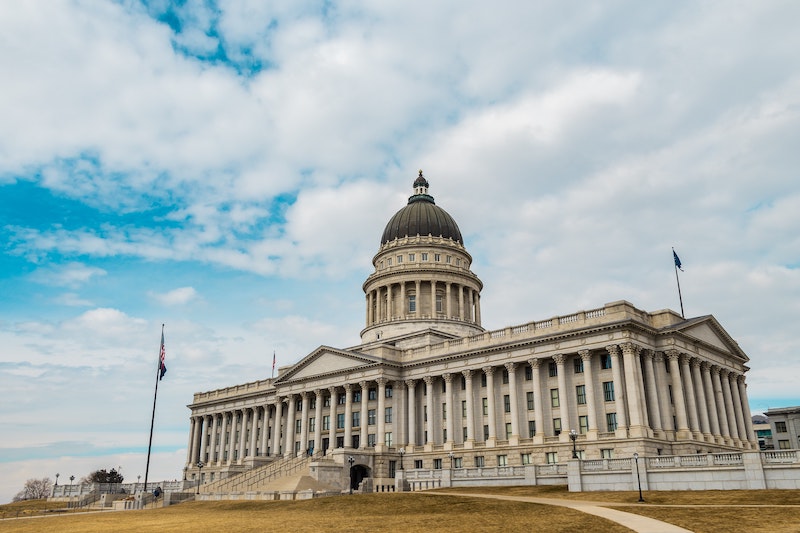Lobbying Techniques to Influence Change
One of the most effective ways to make your voice heard in the political arena is through the help of a lobbyist. While it is extremely important to find the correct lobbyist suited for your case, this is only the beginning of the lobbying process. Once the correct lobbyist has been found, it is time to begin strategizing which lobbying techniques will be used to approach and resolve the issue.
There are a variety of lobbying techniques that professional lobbyists use in order to assist their clients including working with the legislature, gaining the support of the executive branch, working with the public, as well as other strategies to help the client achieve the best results possible.
Working Directly with the Legislature
One of the most common ways that lobbyists approach the issue is by working closely with the legislature to change policy or appropriate funds. For example, the lobbyist may present the influential legislators with evidence such as research, case studies, and personal testimonials, hoping to receive support and action from the legislature.
In some cases, the lobbyist may even bring the legislator face-to-face with the problem, introducing them to those affected by the issue, therefore forging a connection between the two groups.
Such close interactions with the legislature help ensure that legislators approach the issue with a deeper understanding of the issue, influencing their decisions regarding policy and fund distribution.
Working with the Executive Branch
Working with the legislative branch is important, but lobbyists also need to ensure that they are working with the executive branch to ensure the success of passage of laws and policy. By working closely with the executive branch, the lobbyist strives to affect whether or not the executive branch will veto, accept, or amend a specific policy or law. This is done through developing a more personal and direct relationship with a certain individual or group of individuals with this branch to forge trust and influence between the two groups.
Through forging such a relationship with those within the executive branch, it places someone who has a deeper understanding of the issue on the frontlines of government where their opinion is greatly influential.
Lobbying with Legislators Versus Executive Branch
One of the biggest differences between lobbying with the legislative and the executive branch is which step in the lawmaking process the lobbyist focuses on. When working with the legislative branch, the lobbyist focuses more on the pending legislation- they want to influence the decision of the legislature regarding an already written and created law or policy.
While the legislative branch drafts and proposes the laws, it is the job of the executive branch to administer and enforce the laws.
While lobbying with these two branches of government is approached in very different ways, both apply forms of insider lobbying. Insider lobbying is when the lobbyist works within the system, forging relationships with influential groups and individuals and educating themselves on the issue in order to make their opinion and ideas more respected and credible.
Insider lobbying has been found to be extremely effective. However, it does pose risks to the lobbyist and their client. One of the biggest risks is conflict of interest, where the lobbyist becomes more invested in the relationship they have developed with the legislative or executive than their client.
With such a risk in mind, it is once again extremely important that you select a committed and expert lobbyist that you feel will support and respect your cause, no matter the circumstances.
The Impact of the Public
Working with representatives in government is just one of the lobbying techniques that can be used in the political arena. There is a lot of potential for change when the public is educated on an issue and therefore empowered.
Lobbyists often reach out to the public, encouraging them to contact their government officials to advocate for their cause. Some ways they educate the public include seminars, public meetings, and conferences to raise awareness. Once they have educated the greater public, they encourage them to act on what they have learned and use their voice.
Common Techniques
No matter which group lobbyists are working to influence, there are a few basic techniques that can be applied no matter the audience.
One of the most effective ways for a lobbyist to communicate their point is through face-to-face conversations and collaboration. These types of conversations often require preparation such as travel, location, food, extra familiarity with the issue, more professional appearance, and more. While it can take a lot of time and effort, this preparation can go a long way. It shows the desired audience that you value their opinion, involvement, and contribution towards resolving the issue.
Another common technique within these face-to-face interactions is to bring the party being influenced face-to-face with the person, environment, or group being directly impacted. Hearing a lobbyist speak and represent your issue is extremely influential, but there is even more power in bringing the audience to the problem and helping them to see the potential effects of the given policy or law.
Impact of Lobbying Techniques
There is a wide variety of ways that a lobbyist can go about approaching an issue presented by their client, and the techniques used are determined by their needs and desired outcome. Working with different branches of government and the community, especially in an in-person setting, allows the lobbyist to ensure that there is increased awareness and support in the different arenas of the political world.
The Lockhart Group:
The Lockhart group has 25 years of lobbying experience and works to help their clients achieve the best results possible. We work first with the client in order to establish the need, then work together with them to find the most applicable solution and actions to take in order to achieve this goal. Due to our two and half decades of lobbying experience, we know how to find the right government officials who have the greatest influence on finding a reasonable solution.



